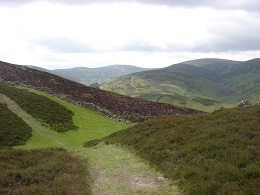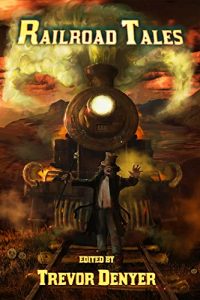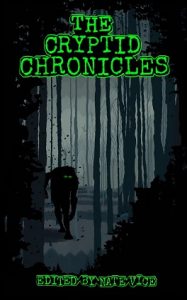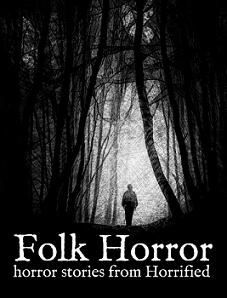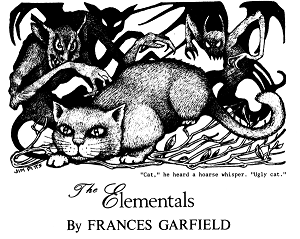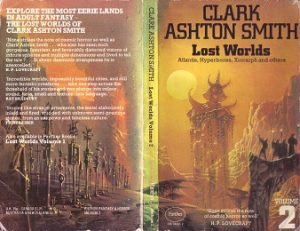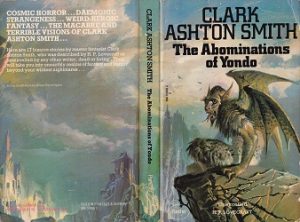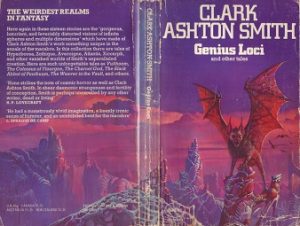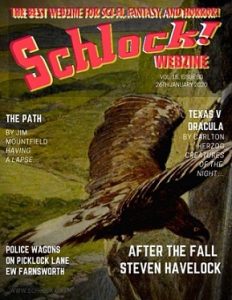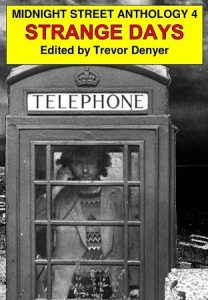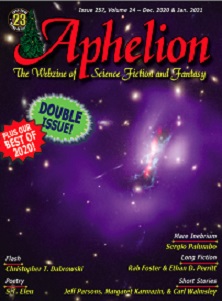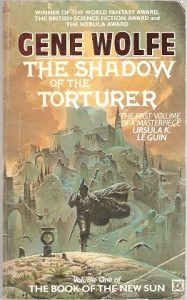
© Schlock! Webzine
I still remember the moment when I discovered Robert E. Howard’s Conan the Barbarian stories and, by extension, the joys of sword-and-sorcery fiction. I was ten years old and my family had just boarded the ferry at Larne on the east coast of Northern Ireland. We were heading across the Irish Sea to Stranraer in southwest Scotland, where we planned to spend a week’s holiday. (In years to come, we would be on that ferry many more times. However, by then, we’d moved to Scotland permanently and were travelling in the other direction, back to Northern Ireland to visit family and friends.) Anyway, the ferry-trip took about two-and-a-half hours, which seemed like an eternity to a restless ten-year-old like me. To escape the prospect of extreme boredom, I went straight to the ferry’s little onboard shop and bought a slim paperback from a bookrack there.
The book was Conan the Freebooter (1968), which caught my eye because its cover featured the titular barbarian engaged in a bloody fight with a giant ape. It contained five short stories about Conan’s exploits in the Hyborian Age, a mythical era of forgotten civilisations, magic, monsters and romance that’d supposedly existed tens of thousands of years ago between the destruction of Atlantis and the beginning of recorded history. Actually, only three stories of the five were proper Conan ones written by Robert E. Howard – Black Colossus (1933), Shadows in the Moonlight (1934) and A Witch Shall Be Born (1934). The other two, Hawks Over Shem and The Road of the Eagles (both 1955), were actually non-Conan stories by Howard that’d been set in Egypt in 1021 AD and the Ottoman Empire in 1595 respectively. However, another author, L. Sprague de Camp had sneakily rewritten them years after Howard’s death, resetting them in the Hyborian Age and replacing their original heroes with Conan.
Anyway, as I sat on that ferry reading that particular book, my enthusiasm for the sword-and-sorcery wing of fantasy literature was kindled. Warriors, knights, sorcerers, witches, kings and queens, princes and princesses, goblins, trolls, ogres and dragons, populating castles, fortresses, palaces, citadels, gladiatorial arenas, mysterious forests, mist-shrouded lakes, dark caves and foreboding mountain passes, involved in the casting of spells, the summoning of demons, epic quests to locate mystical objects with fantastical powers, Machiavellian court intrigue, battles, sieges, swordplay, derring-do and much, much bloodshed… How could the imagination of a ten-year-old not be fired by all that? Admittedly, I found the busty, lascivious wenches who kept popping up in the Conan stories a bit boring, although needless to say I appreciated their presence more when I was a few years older.
Of course, decades have passed since then and my opinions of Robert E. Howard and his oeuvre have changed somewhat. Yes, I still respect him for knowing how to tell a proper story. But it’s difficult to read the average Conan story now without wincing at least half-a-dozen times at the barbarian’s swaggering sexism – those aforementioned busty, lascivious wenches had little to do apart from throw themselves adoringly at their hero’s feet – and the general undercurrents of racism and ableism.
And there are plenty of other sword-and-sorcery stories by other writers I’ve discovered since then that I prefer. For example, there are the Jirel of Joiry stories, a swashbuckling fantasy series written both about a woman (Jirel) and by a woman (Catherine L. Moore), which appeared in the 1930s at the same time as the Conan ones, their polar opposite in the sex-war stakes. There’s Fritz Leiber’s Fafhrd and the Gray Mouser series (1958-1988), which wittily rip the piss out of the genre. And there’s the Kane novels and short stories (1970-1985) written by the underrated Karl Edward Wagner, which feature an immortal swordsman who’s as violent and immoral as Conan but whose adventures are described with considerably more intelligence.
Anyway, this is all a preamble to saying that Rab Foster, the alias under which I write my own fantasy fiction, has a new sword-and-sorcery story called Perspectives of the Scorvyrn published in this month’s edition of Schlock! Webzine. I see it as a back-handed tribute to Robert E. Howard. The two main characters are opportunistic warriors in the mould of Conan and have a similar swing-your-sword-first-and-ask-questions-later attitude to life. Unfortunately, their lack of scruples and imagination leads them into serious trouble. And that’s trouble with a feminist tinge… Moreover, much of the story is written in the present tense and, as its title suggests, it’s told from multiple perspectives. That’s a style and approach that I’m sure a writer as traditional and old-school as Howard would have absolutely bloody hated.
For now, Perspectives of the Scorvyrn is available to read here, while the homepage of the May 2021 edition of Schlock! Webzine can be reached here.

© Lancer Books / John Duillo





